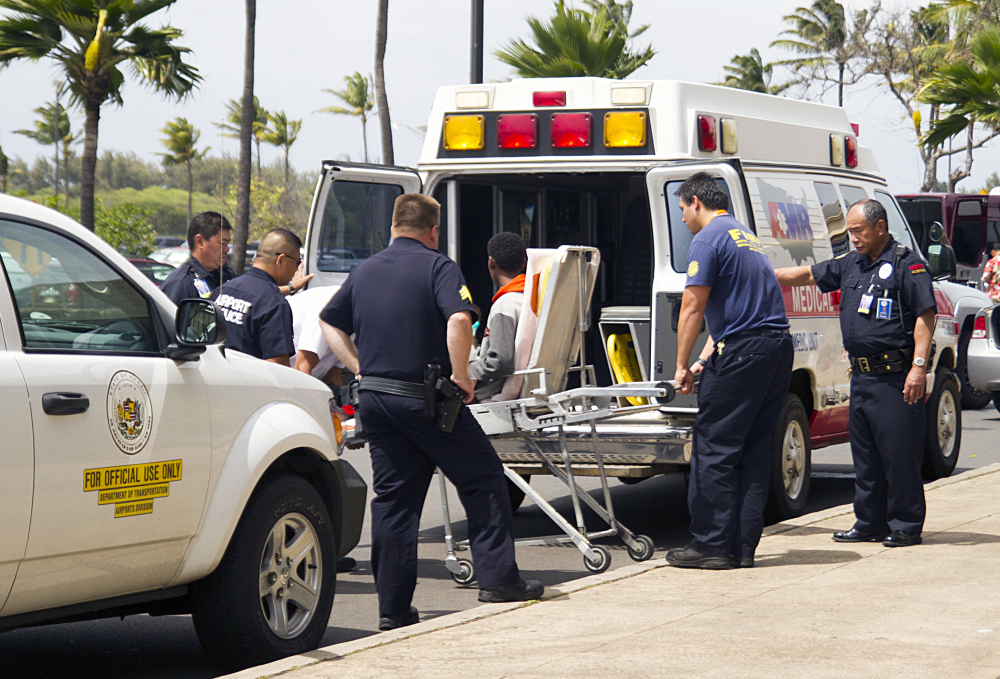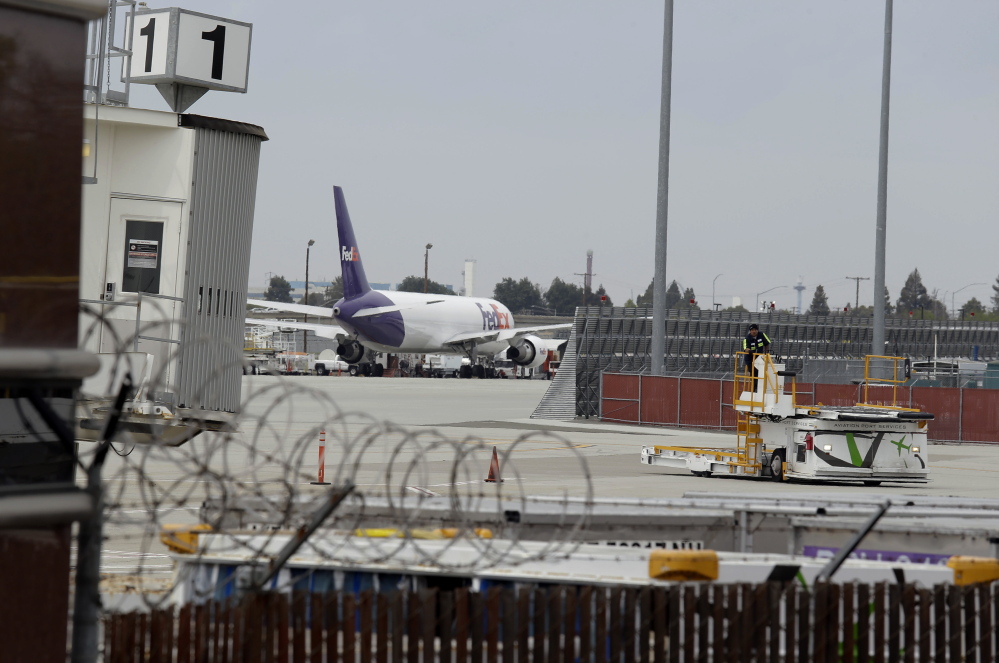A teenager who stowed away on a flight from San Jose to Hawaii is raising questions about security at San Jose’s Mineta International Airport.
Authorities say security video shows the teen from Santa Clara hopping a fence at the San Jose airport and climbing into the wheel well of a jetliner.
It’s unclear how long the boy was on the tarmac and why security officials didn’t detect he was there.
The 16-year-old survived the flight.
Brian Jenkins, an aviation security expert at Rand Corp., said security requirements for airport perimeters have steadily increased through the years to prevent unauthorized people or vehicles from getting near aircraft. Sunday’s intrusion raised concerns about access, he said, and whether the teenager’s actions could inspire someone else who “could do something truly dreadful.”
“Why this young man wanted to stow away and go to Hawaii, for crying out loud, who knows?” he said. “But that said, it just will underscore the concerns because people will say, well, if a 16-year-old can get onto the wheel well, then someone who has more malevolent objectives … can get there for the purposes of sabotage.”
Another concern, Jenkins said, was why the teenager wasn’t stopped after airport security cameras caught him hopping the fence.
“If he was on the camera, why wasn’t there a response? Was no one watching the monitors?” Jenkins asked. “The first question will be, gee, the cameras work, the response didn’t. Was it just missed and they went back and searched through that time frame and, oops, there he is?”
Jenkins said the breach would likely prompt a review of perimeter security not just in San Jose but at airports across the United States. One of the main questions, he said, would be whether an adequate system failed or whether upgrades are needed.
“Everyone will tighten up. I suspect everyone will be going up a notch just as a consequence of this,” he said. “There will be some reviews of technologies and procedures – was this just, gee, the system is in place but it didn’t work this time or is it: Do we need to do more?”
Rep. Eric Swalwell, D-Hayward, said on Twitter that he is concerned about the security issues.
“I have long been concerned about security at our airport perimeters. Stowaway teen demonstrates vulnerabilities that need to be addressed,” he wrote.
The 16-year-old had run away from home when he climbed the fence on Sunday morning and crawled into the left rear wheel well of Hawaiian Airlines Flight 45.
“He was not planning on going to Hawaii,” said FBI Honolulu spokesman Tom Simon. “He just got on a plane.”
Authorities called it a “miracle” that the teen survived the 51/2-hour flight. The wheel well of the Boeing 767 is not pressurized or heated, meaning the teen possibly endured extremely thin air and temperatures as low 80 degrees below zero when it cruised at 38,000 feet.
“How he survived, I don’t know,” Simon said. The boy was unconscious for most of the flight, Simon added. “I imagine he must have blacked out at about 10,000 feet,” he said. “The air is pretty thin up there.”
According to the Federal Aviation Administration, the plane’s steady climb to high altitudes may allow a person to drift into unconsciousness as oxygen becomes scarce. And as the heat dissipates from the wheel well, a stowaway can develop hypothermia, a condition that preserves the central nervous system. Both hypoxia and hypothermia may resolve as the plane gradually descends for landing, the FAA said.
Authorities are still investigating how much of this came into play with the teen who was found on the tarmac at Maui’s Kahului Airport.
The plane landed at Maui’s Kahului Airport at 10:30 a.m. local time on Sunday, but Simon said the teen did not regain consciousness for an additional hour. Once he woke up, he hopped down to the tarmac.
Hawaiian Airlines personnel noticed the teen on a ramp and notified security, airline spokeswoman Alison Croyle said in a statement released Sunday night.
Copy the Story LinkSend questions/comments to the editors.




Success. Please wait for the page to reload. If the page does not reload within 5 seconds, please refresh the page.
Enter your email and password to access comments.
Hi, to comment on stories you must . This profile is in addition to your subscription and website login.
Already have a commenting profile? .
Invalid username/password.
Please check your email to confirm and complete your registration.
Only subscribers are eligible to post comments. Please subscribe or login first for digital access. Here’s why.
Use the form below to reset your password. When you've submitted your account email, we will send an email with a reset code.